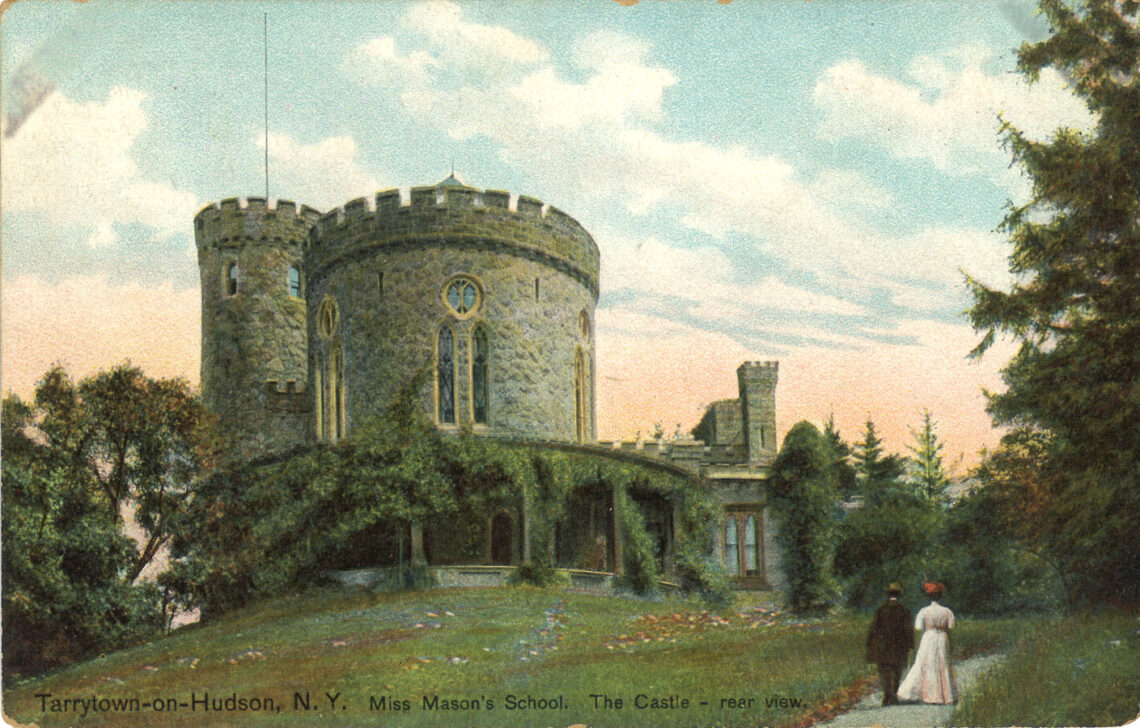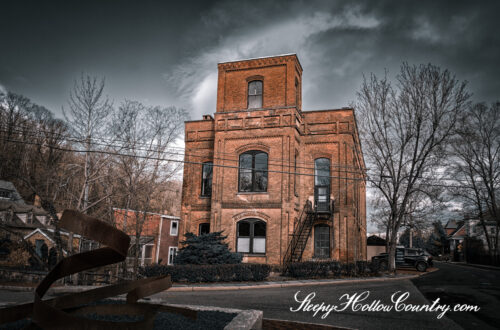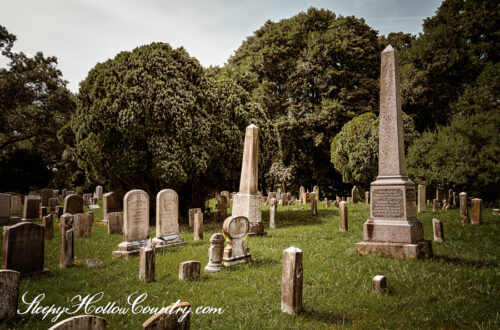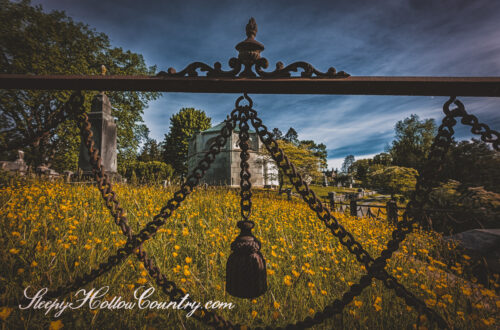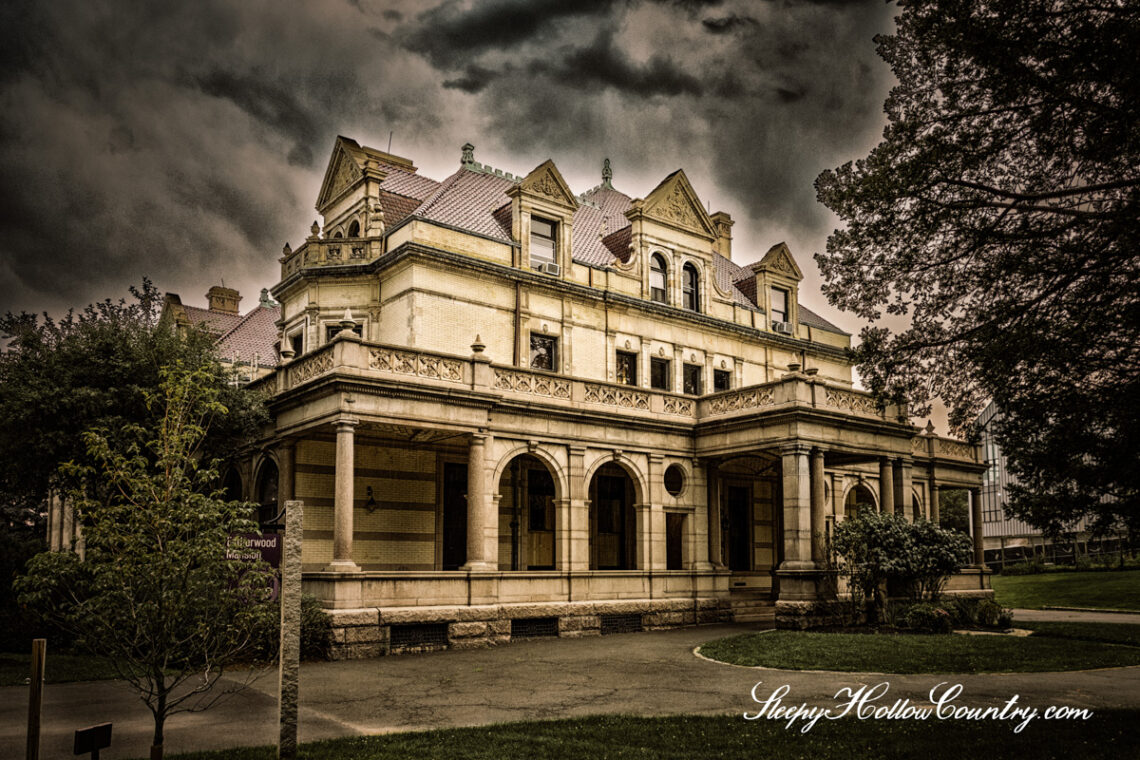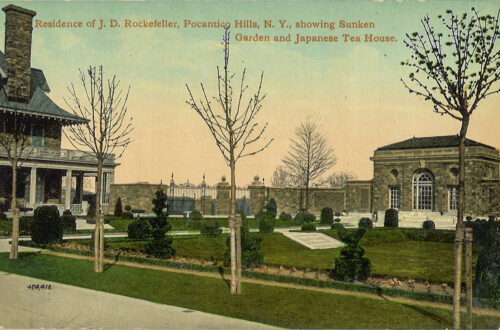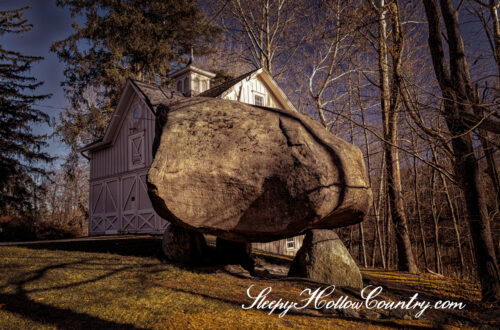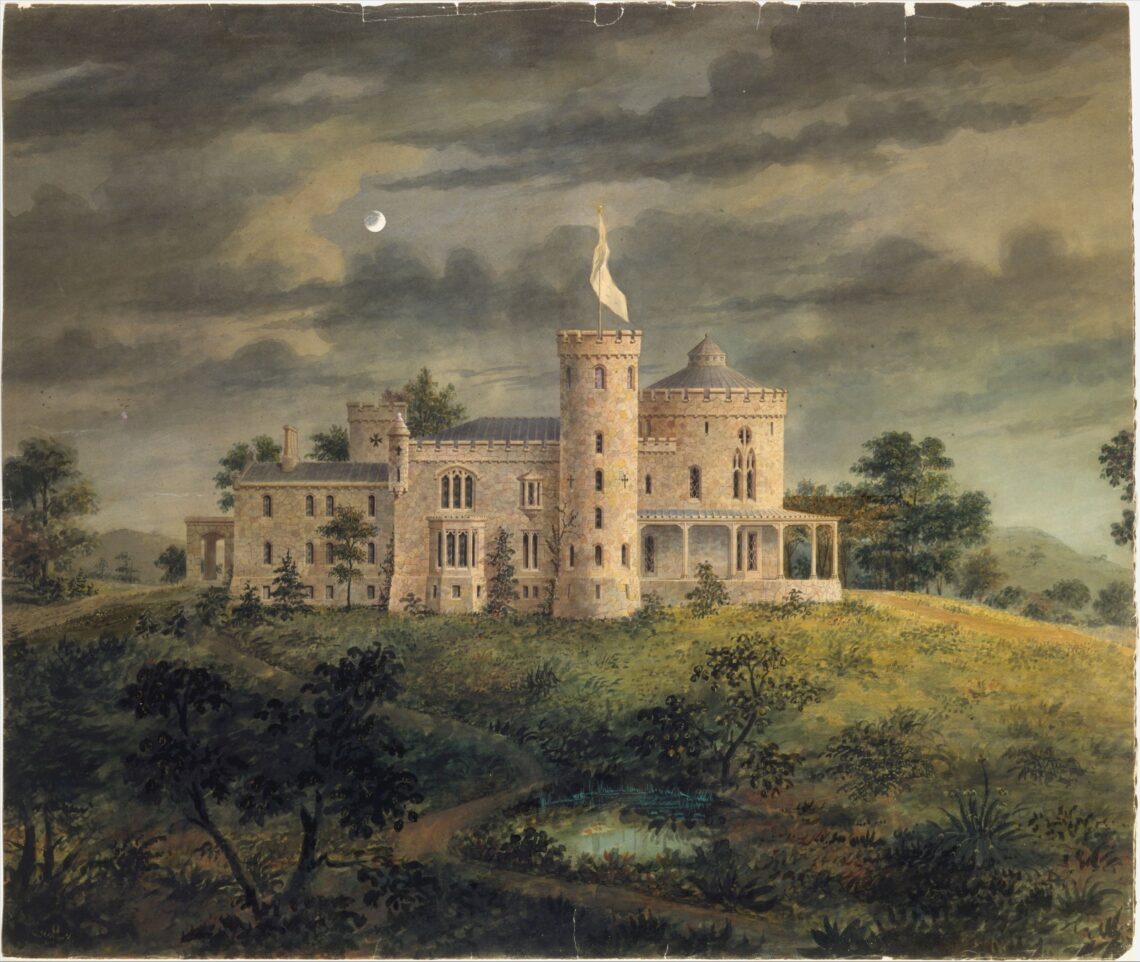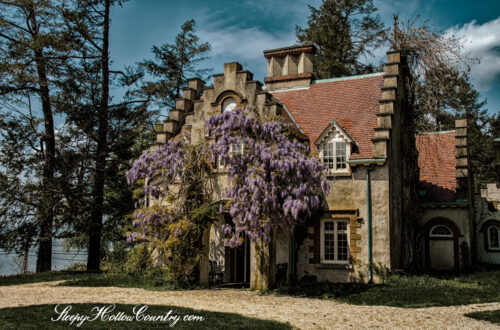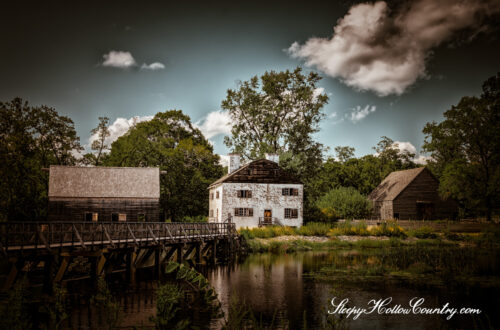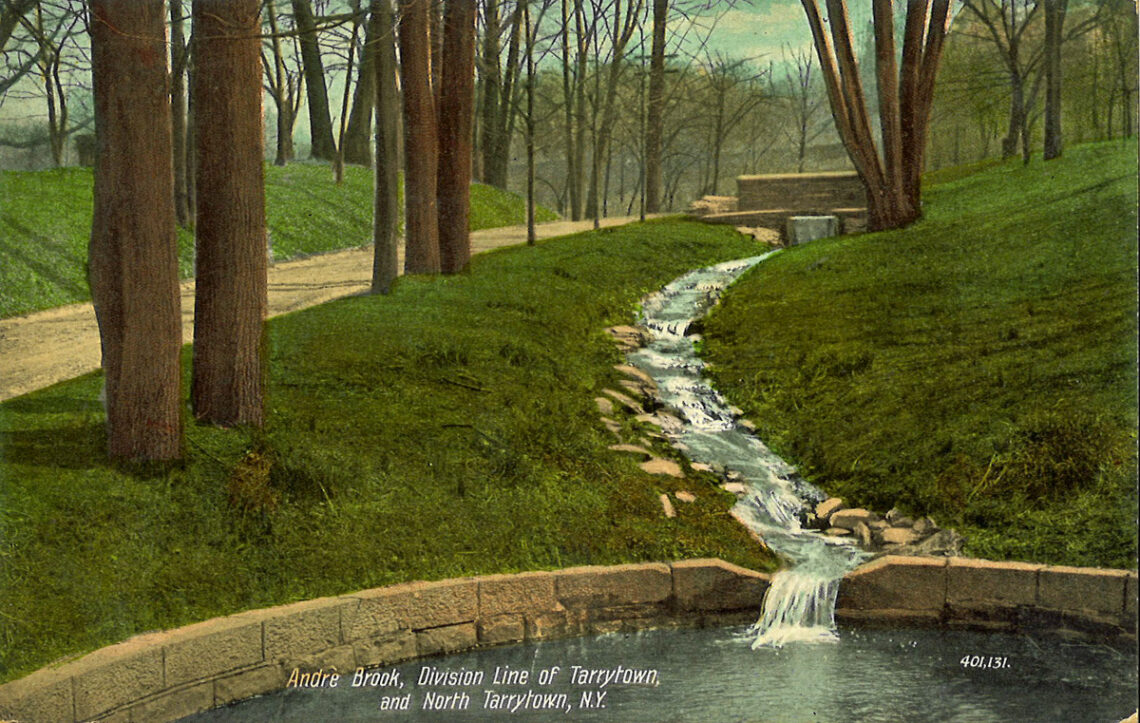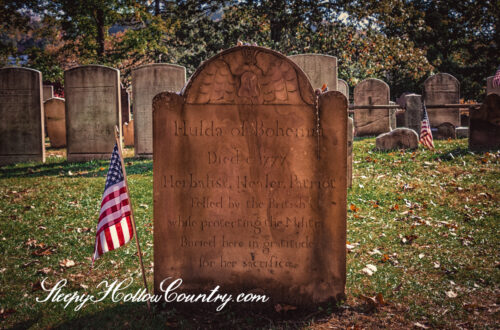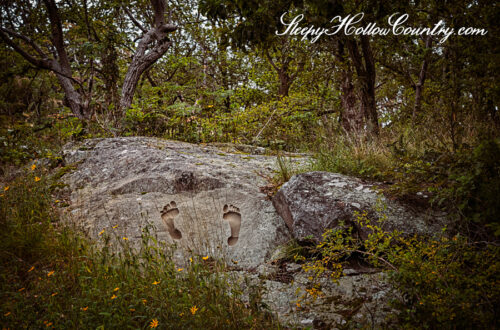-
A Ghost of a Castle: The Haunting of Miss Mason’s School
High atop the ridge to the east of the village of Tarrytown, sat the dramatic Castle Ericstan. Today it is lost from the landscape, but once it had been a proud if not foreboding figure looming over the town from it’s perch. In about 1855, Merchant John J. Herrick commissioned the famous 19th century architect Alexander Jackson Davis to build him a grand residence in a region burgeoning with wealthy secondary country houses. Davis had already designed and completed Paulding Manor (what is now Lyndhurst) not far down the road, and was known for his striking architectural vision in the gothic revival style. Herrick was a respected businessman and he…
-
The Ghost of Estherwood
Just a few miles south of Sleepy Hollow—where ghost stories practically grow on trees—you’ll find the Masters School, a private co-ed institution with a knack for blending academics and a dash of the supernatural. Its sprawling 96-acre campus in Dobbs Ferry, NY, is home to Estherwood, a 19th-century Gilded Age mansion built by James Jennings McComb for his second wife, Mary Esther Wood. And while Mary’s been gone for over a century, rumor has it she’s still hanging around, giving us the latest entry in our paranormal playlist: the ghost of Estherwood Mansion. J.J. McComb wasn’t just a man of wealth; he was a man of clever patents—specifically, a cotton-baling…
-
Ericstan: The Lost Castle of Tarrytown
Once upon a time, in Sleepy Hollow Country, there were not one, but four impressive stone “castles” in the region. Two of these are still in the landscape today: Carrollcliff and Lyndhurst. The remaining two are no longer standing and lost to time. One had featured prominently, overlooking the village of Tarrytown, with towers and wisteria-covered walls that commanded one of the best views of the Hudson River. This lost castle was Ericstan. Architect Alexander Jackson Davis was busy designing and building residences in the Sleepy Hollow region in the early 19th century. He was an artistic acquaintance of George Harvey, the artist who designed Sunnyside for Washington Irving, and…
-
Patriot’s Park
Located on the cusp of Tarrytown and Sleepy Hollow lies a rolling green space known today as Patriot’s Park. Named for being the famous location of the capture of John André by local patriot militiamen in 1780, the park boasts the capture monument and memorial, but also features other last vestiges of other pieces of local history and folklore. The earliest known historical act of significance where Patriot’s Park is located today is the capture of British Officer, John André as he was attempting to escape from behind enemy lines after helping infamous traitor Benedict Arnold. A large poplar tree supposedly marked the capture site, which was located about 200…
